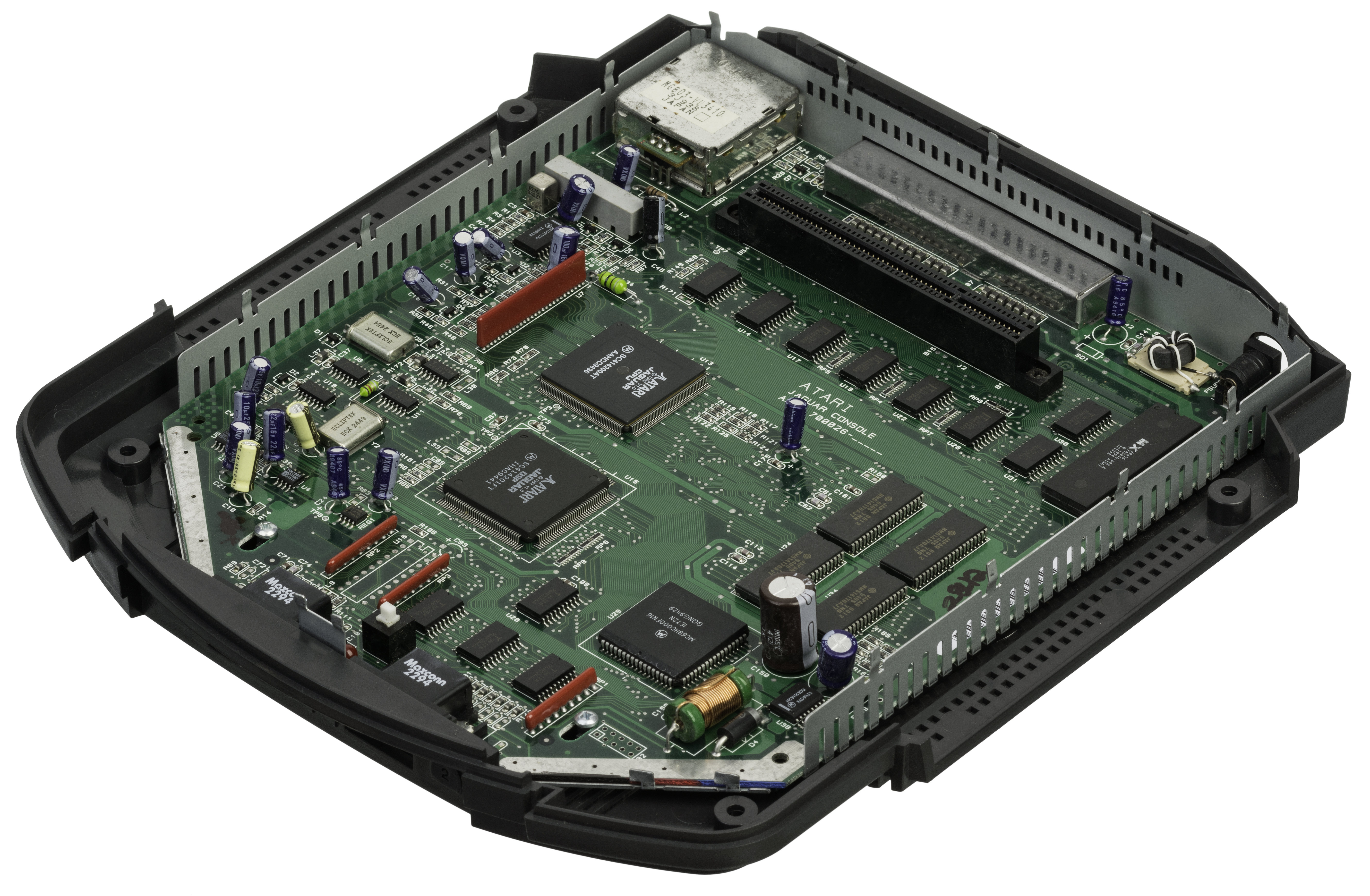Alrighty then. I'd like to see some educated discussion about the Atari Jaguar.
It seemed to be designed for Gouraud shaded 3D and 2D games, but of course everyone wanted texture mapped 3D. It had a bizarre architecture with a 68k CPU that wasn't supposed to be used to run the games. Unified memory. The gamepad was weird and horrible.
John Carmack ported Doom to it and wrote about the experience, but I can't find that at the moment...
It seemed to be designed for Gouraud shaded 3D and 2D games, but of course everyone wanted texture mapped 3D. It had a bizarre architecture with a 68k CPU that wasn't supposed to be used to run the games. Unified memory. The gamepad was weird and horrible.
John Carmack ported Doom to it and wrote about the experience, but I can't find that at the moment...

